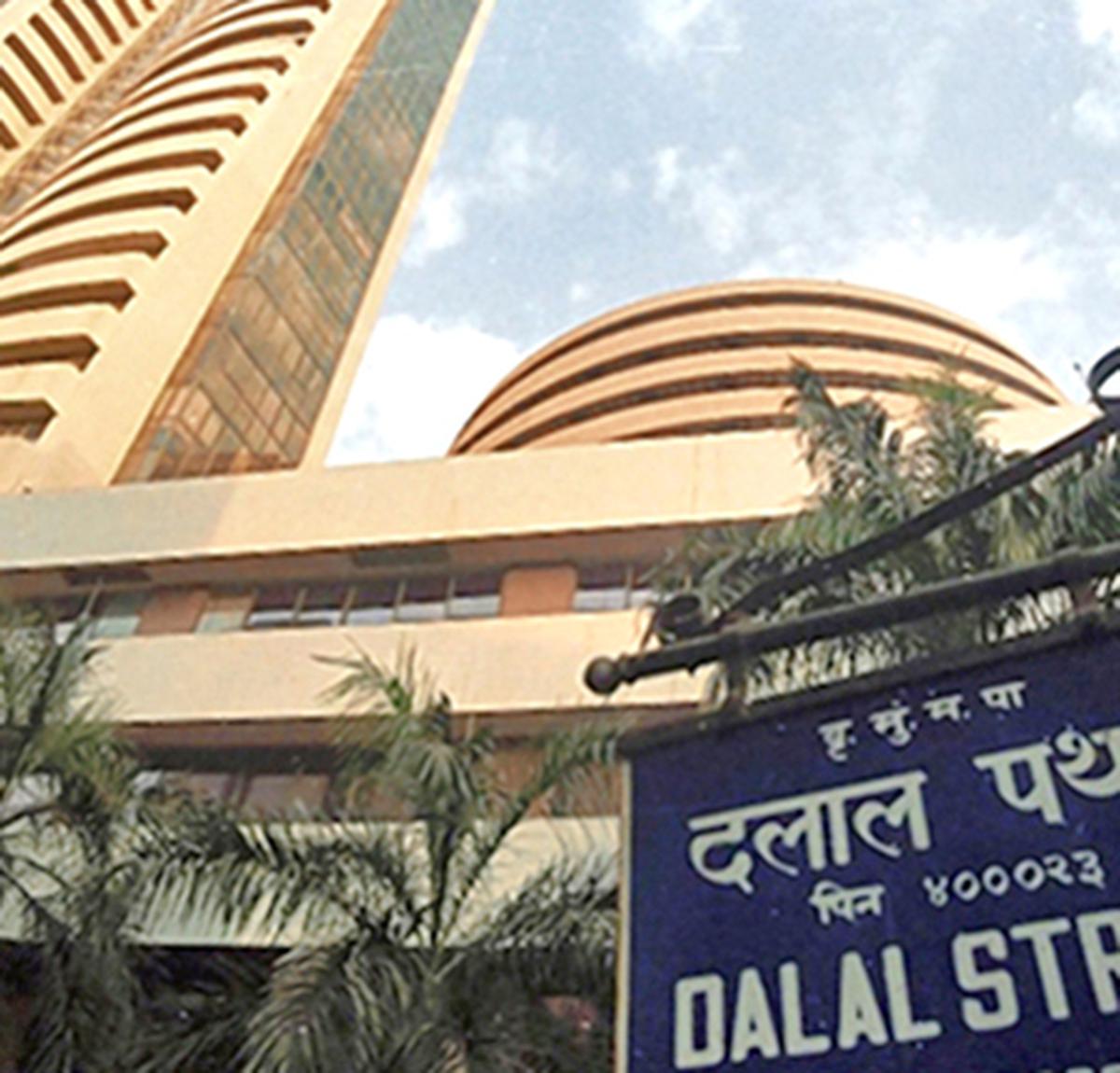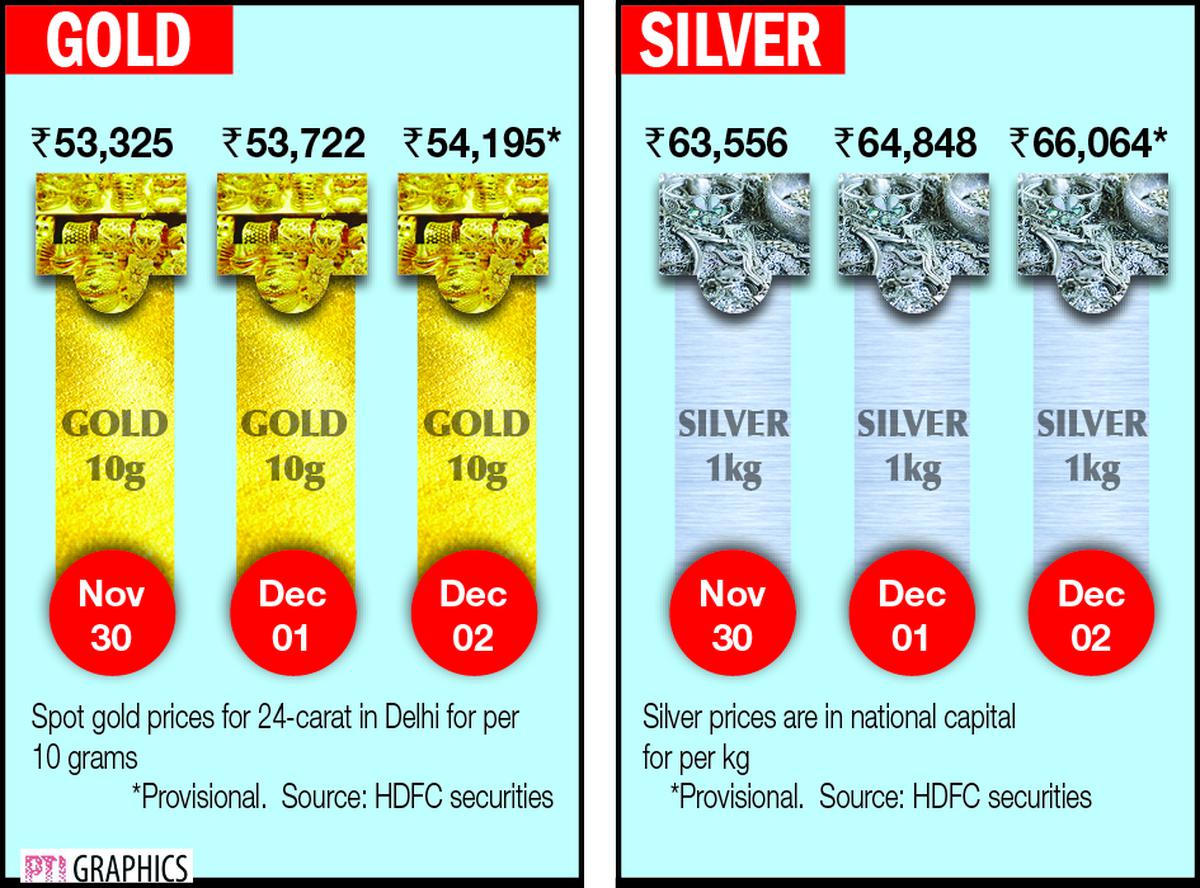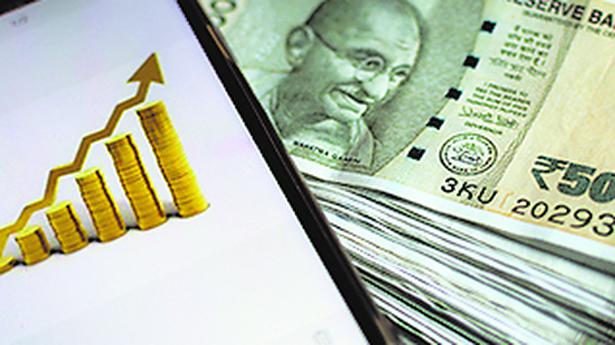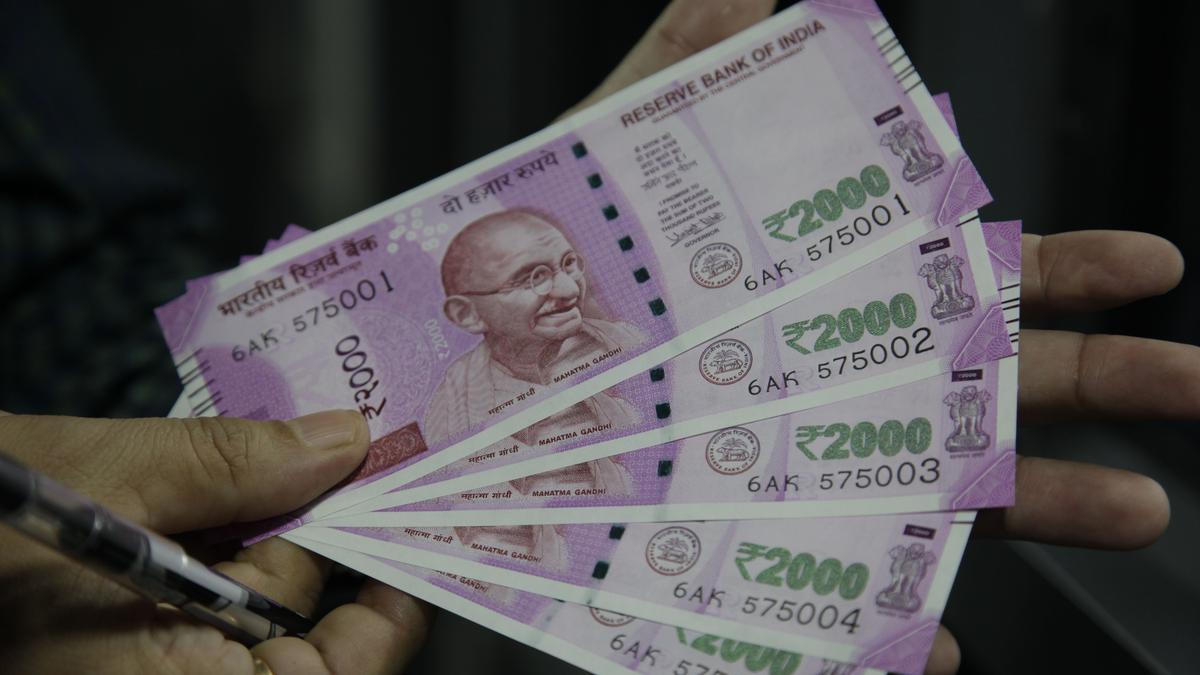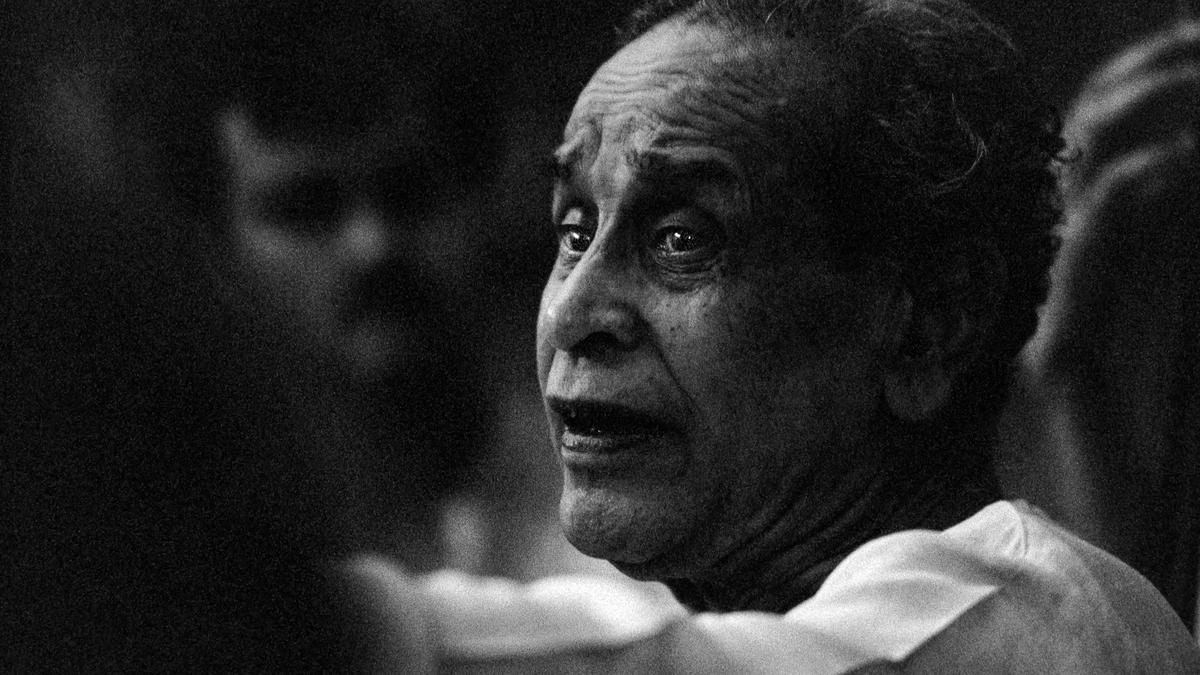The S&P BSE Sensex has given a negative return of 2.8% since the last Muhurat trading, making investors poorer.
As per an analysis of stock exchange data on sectoral indices by broking firm Samco Securities, BSE Capital Goods yielded the highest at 12.5%, followed by BSE FMCG and BSE Auto with a gain of 11.4% and 11%, respectively.
BSE Bankex saw a moderate gain of 1.2%.
On the other hand, the BSE Smallcap index has shed 1.2% while BSE Oil & Gas is down by 2.8%. In the same period, BSE Midcap lost 4.7%. The BSE IPO Index tops the list in terms of loss with the sector falling 28.6% because of the new-age IPOs’ lacklustre performance in the market.
BSE Realty yielded a negative return of 23.7%. BSE IT has shed 17.6% having fared well during the previous three years.
BSE Metals and BSE Healthcare lost 9.7% and 7.9%, respectively, since the last Muhurat.
Commenting on the outlook and impact of selling by Foreign Portfolio Investors (FPOs) ok the market, Apurva Sheth, head of Research, Samco Securities, said, “Steady inflows in the form of SIPs, in the range of ₹13-14,000 crore per month, is extending good support against the erratic behaviour of FPIs in the wake of rising U.S. interest rates.”
“DIIs are also providing good support to the market, insulating it from the regular selling by the FPIs,” he added.
On the poor show seen in the IPO index, he said, “IPOs have always been aggressively priced in the Indian markets. The IPO market has always been the market for traders who bet on listing gains. Serious investors parking their money in the IPOs have started to develop the feeling of being trapped in it,” he said.
“New-age IPOs entered the markets during the low-interest rate regime, when interest rates in the U.S. and elsewhere in the globe were prevailing at sub-zero or near that level,” he said.
“This resulted in ample liquidity in the system and almost all the offerings in the domestic market, irrespective of their pricing, were absorbed. However, with the gradual rise in the interest rates, the equilibrium came into play and aggressively-priced papers began their journey to realistic levels,” he added.


